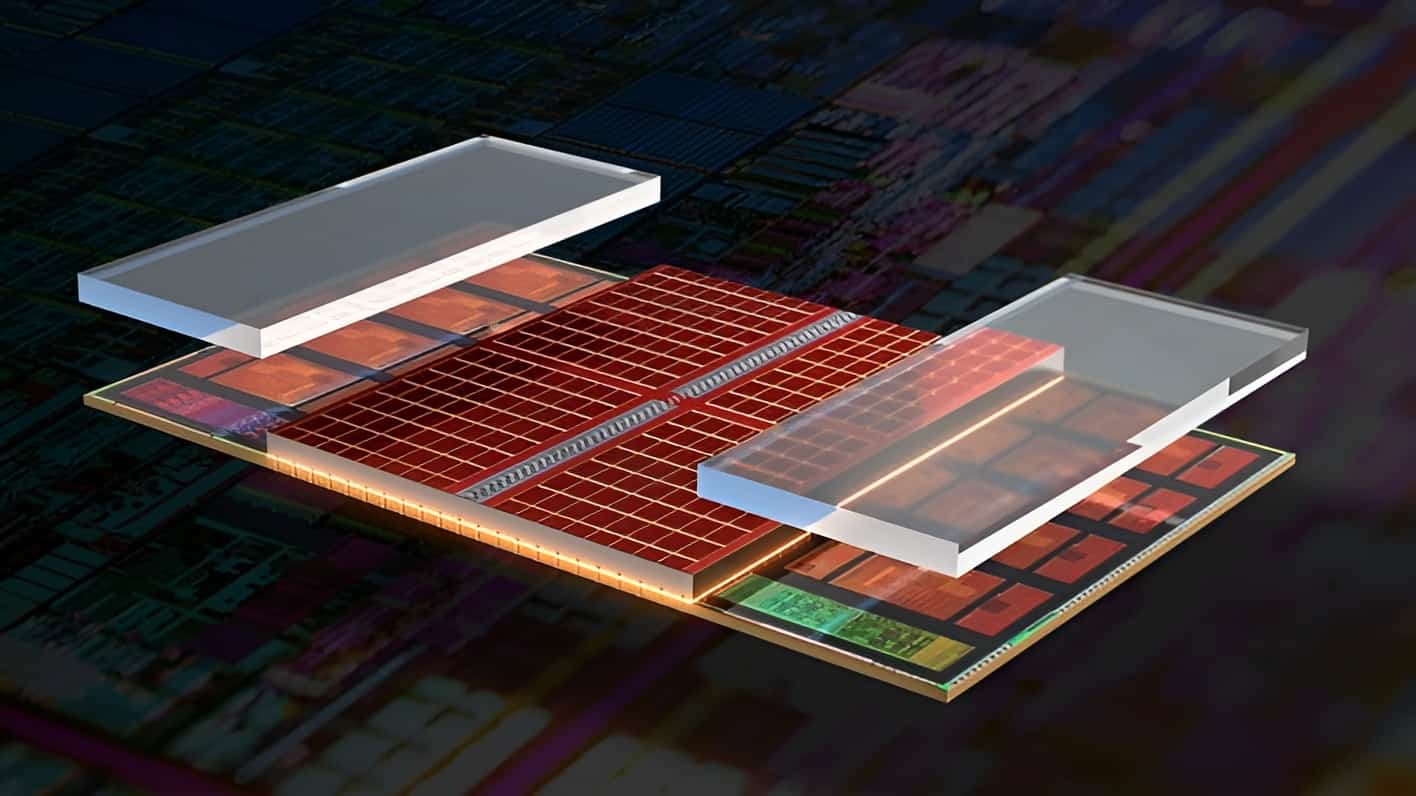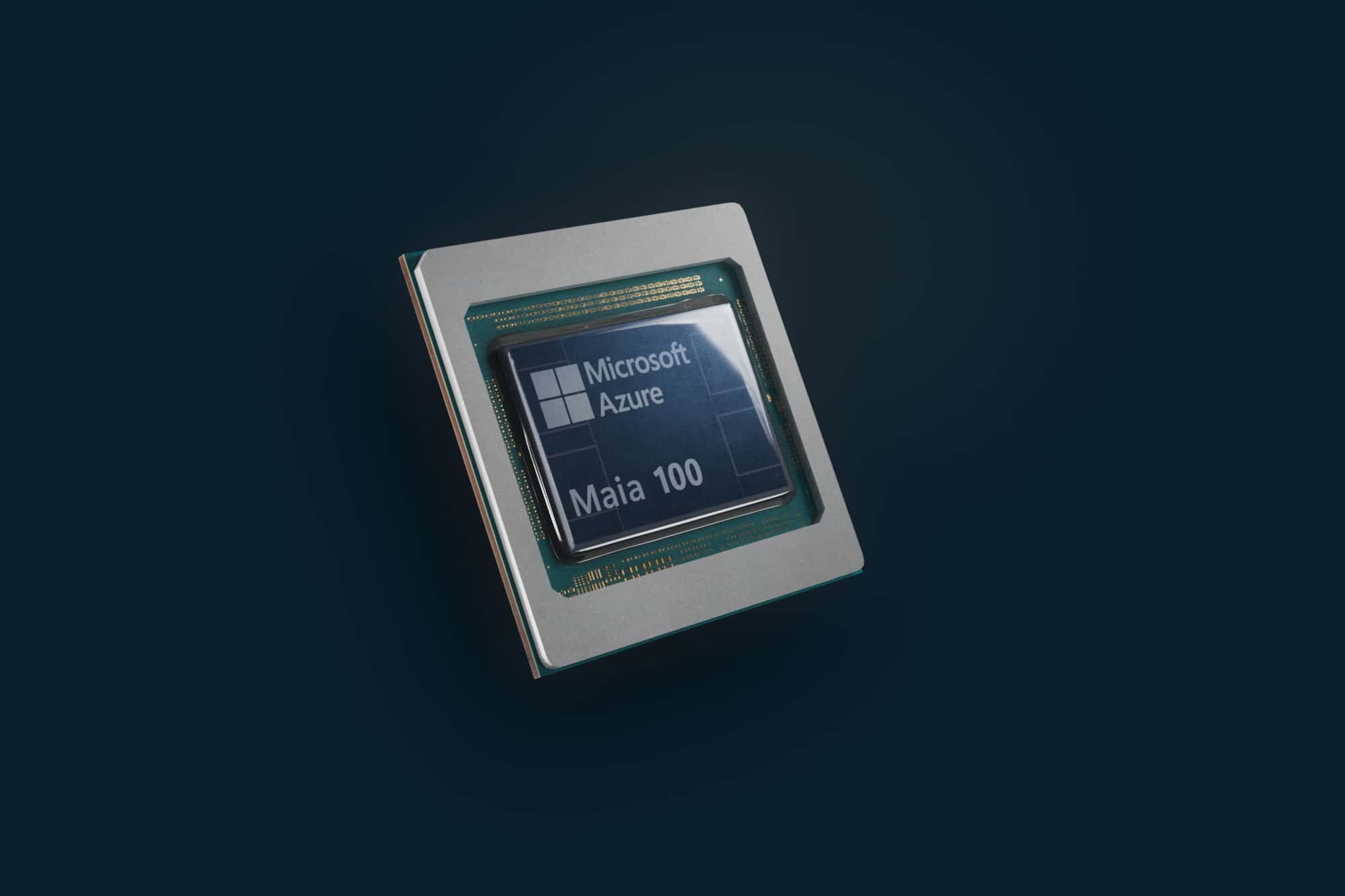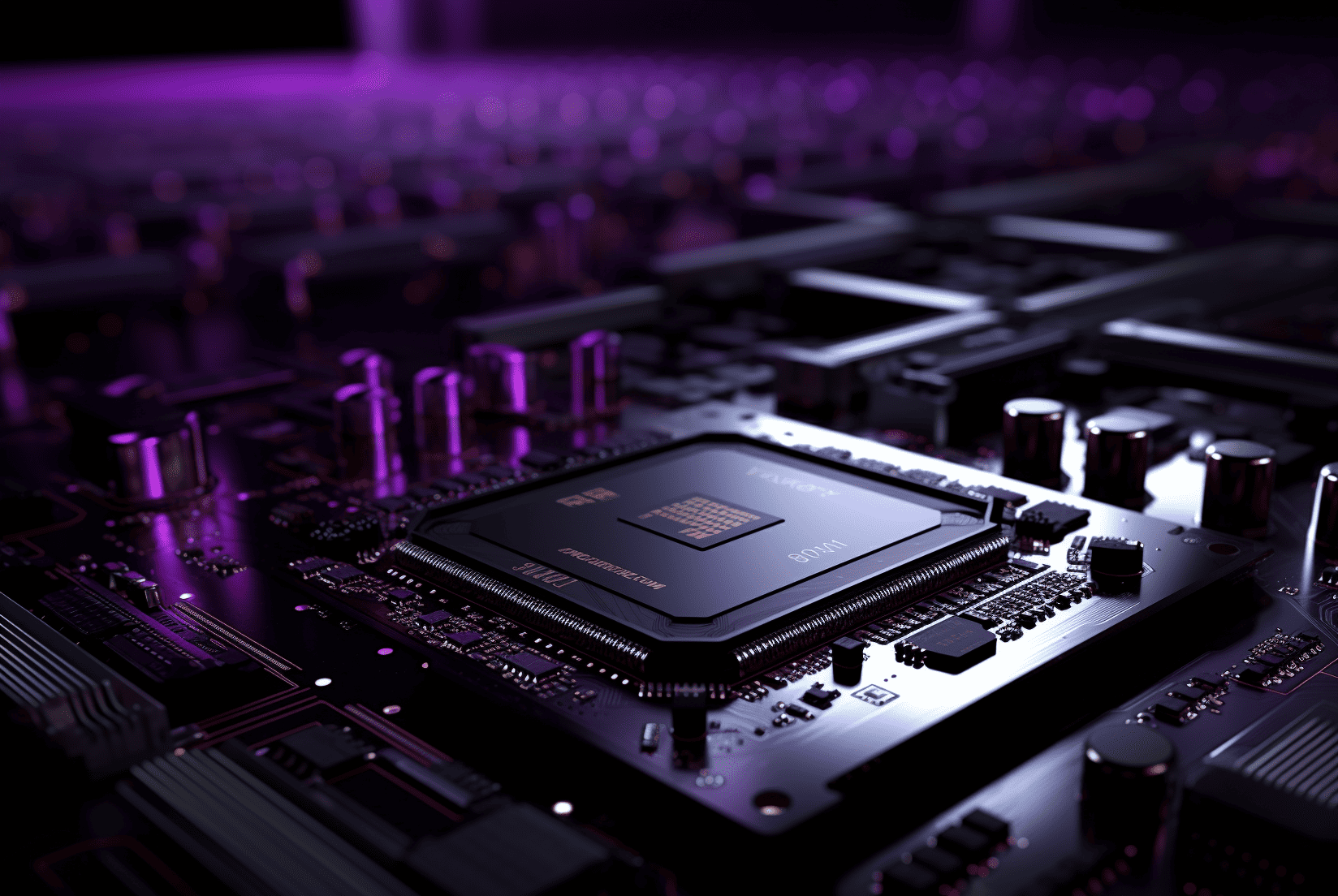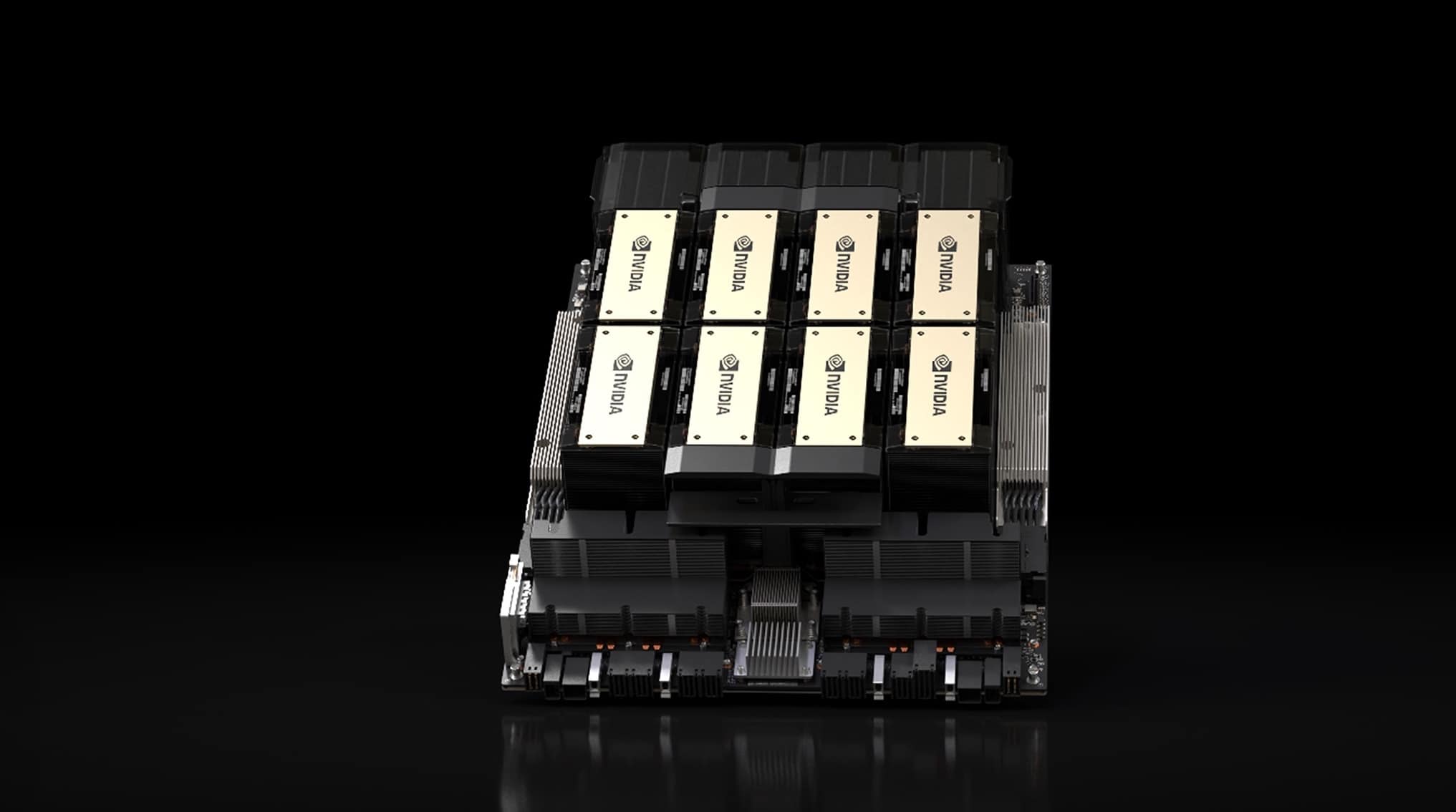
AMD announces an impressive data center and AI technology portfolio expansion, including the 4th Gen EPYC family processors and Instinct MI300 Series accelerator family. This move challenges NVIDIA’s dominance in the AI chip market. The Instinct MI300X accelerator, claimed to be the world’s most advanced for generative AI, boasts 192 GB HBM3 memory for large language model training. AMD also collaborates with industry leaders to optimize the ROCm software ecosystem, including day zero support for PyTorch 2.0 on AMD Instinct accelerators.
- Currently NVIDIA has an 80% market share in the AI space
- AMD not only announced new products, but also day one support for PyTorch
4th Gen EPYC family processors: Redefining performance and efficiency
AMD’s latest 4th Gen EPYC processors, codenamed “Genoa” and “Bergamo”, offer significant advancements in performance, energy efficiency, and scalability. The new processors include the 4th Gen AMD EPYC 97X4 processor, designed for cloud applications, and the 4th Gen AMD EPYC processor with AMD 3D V-Cache technology, optimized for technical computing.
With up to 128 “Zen 4c” cores per socket, the 97X4 processor delivers 2.7 times better energy efficiency and 3 times more containers per server compared to Intel Sapphire Rapids 4th Gen Xeon. Microsoft Azure has announced their HBv4 and HX instances, powered by 4th Gen AMD EPYC processors and AMD 3D V-Cache technology, to provide considerable performance improvements for compute-intensive workloads.
Instinct MI300 Series: A formidable challenge to NVIDIA’s AI market share
AMD is entering the AI chip market with its Instinct MI300 Series accelerator family, directly competing with NVIDIA’s H100 AI accelerators. The MI300X, designed for large language models and generative AI workloads, comes equipped with 192GB HBM3 memory and 5.2 TB/s memory bandwidth, providing a significant advantage over NVIDIA’s H100, which supports 120GB memory.
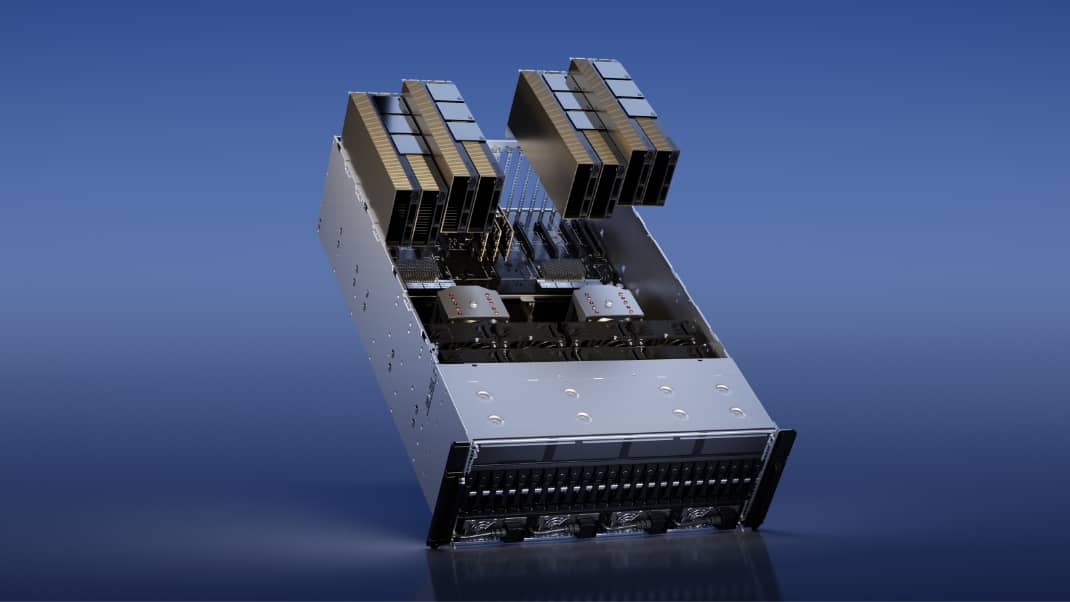
AMD’s Infinity Architecture Platform supports up to eight MI300X accelerators, enabling high-performance AI inference and training. This positions AMD as a potential contender to chip into NVIDIA’s 80% market share in the AI chips market.
Collaborations and integrations: The road to AI democratization
AMD’s collaboration with Hugging Face, a leading AI model provider, will drive adoption and optimization of AMD’s platform models, such as Instinct accelerators, Ryzen and EPYC processors, and Radeon GPUs. PyTorch, an open-source machine learning framework, has joined forces with AMD to integrate the ROCm open software ecosystem and support AMD Instinct accelerators.
AMD’s progressive improvements to the CDNA architecture, ROCm, and PyTorch have demonstrated a single GPU model throughput increase from the AMD Instinct MI100 to the latest MI200 family GPUs. This collaboration sets the stage for AMD to become a viable alternative to NVIDIA’s products, as more companies and developers adopt AMD’s AI chips and related technologies.
Expert opinions and market reactions
With AMD’s new product lineup, industry experts and analysts see an opportunity for the company to challenge NVIDIA’s AI chip market dominance. The data center AI accelerator market is expected to grow from $30 billion this year to $150 billion in 2027, with a 50% compound annual growth rate. If AMD’s accelerators are embraced by developers and server makers as substitutes for NVIDIA’s products, AMD may successfully penetrate this lucrative market.
Adoption by other companies and developers
AMD’s partnership with Hugging Face will drive the adoption of AMD’s AI chips and technology. While the performance benchmarks and comparisons between AMD’s new AI chips and NVIDIA’s offerings are not yet available, the companies’ collaboration and integration efforts suggest a promising future for AMD’s AI portfolio. With support from industry leaders like Microsoft Azure, Oracle, and AWS, AMD is well-positioned to challenge NVIDIA’s dominance in the AI chip market.


